3D home modeling software enables DIY enthusiasts to design homes efficiently. Users generate detailed house plans swiftly, demonstrating software's capability for rapid design iterations. Platforms support extensive libraries, offering users materials such as wood, glass, and metal. This feature enhances realism in project visualization. Analytics indicate that users complete projects 50% faster when using 3D modeling software, underscoring efficiency gains.
Software applications integrate advanced simulation tools. Users assess environmental impacts, including sunlight exposure and energy consumption. Studies show simulations can reduce energy usage by up to 20%, promoting sustainable design practices. Error detection algorithms identify structural inconsistencies early, saving users time and resources.
Arcadium 3D distinguishes itself within the 3D modeling landscape. Unlike competitors requiring extensive training, Arcadium 3D delivers simplicity for all types of designers and decorators; including interior designers in need of fast mock-ups, and design-curious users that prefer spending more time on designing and less time of learning using complicated software. The browser-based platform negates the need for powerful computing hardware. Users access Arcadium 3D from any device, making 3D house planning accessible and convenient.
Contents:
Essential Features of Top 3D Home Modeling Software
What defines the user-friendliness of software in this category? Intuitive interfaces stand out as fundamental. Such interfaces facilitate effortless navigation, streamlining the design process for homes, apartments, and individual rooms. They eliminate confusion, enhancing productivity for both novices and seasoned creators.
Why is realism in rendering a non-negotiable attribute? High-quality visuals are imperative. These ensure that shadows, textures, and lighting mimic reality closely, bringing projects to life. Accurate renditions allow users to visualize the end product with greater clarity, aiding in decision-making processes.
How do customization options elevate a program? Extensive libraries of objects, such as furniture and fixtures, provide unparalleled versatility. Users gain the ability to tailor every aspect of their design, from wall colors to flooring materials. This adaptability ensures that no two projects are identical, fostering creativity and personalization.
In terms of learning resources, top software outshines lesser-known alternatives. Comprehensive tutorials and active user communities support beginners through complex challenges, speeding up the learning curve. Advanced software typically offers more sophisticated features like environmental settings and structural elements, which directly influence the depth and accuracy of designs. These distinctions make leading software the preferred choice for individuals aiming to achieve professional-grade results in their DIY projects.
Selecting the Best 3D Design Software for DIY Projects
What factors determine the choice of 3D design software for DIY enthusiasts? Key criteria include ease of use and the software's capacity for detailed modeling. Users prefer interfaces that simplify the navigation through tools, ensuring a smoother design process. Software must also support a range of details, from textures to shadows, enabling the creation of realistic and complex home models.
How do the costs influence the selection? Budget plays a crucial role, with free versions appealing to beginners and more advanced versions, which offer extensive features, attracting experienced users. Free versions often provide basic functionalities suitable for simple projects. Meanwhile, paid versions enhance the modeling experience with advanced features such as custom textures and increased rendering capabilities.
What about compatibility and support? Compatibility with different operating systems ensures a wide range of users can access the software. Support, in terms of tutorials and customer service, aids in overcoming technical challenges. Compatible software runs smoothly on various platforms, including Windows and macOS. Robust support systems, including online forums and instructional guides, help users troubleshoot issues and learn advanced techniques.
In evaluating the best 3D design software for DIY projects, ease of use often outweighs advanced features for beginners, while professionals prioritize detail and customizability over simplicity. Budget considerations lead novices towards free versions, whereas seasoned designers invest in paid versions for their extended capabilities. Ultimately, finding a balance between user-friendliness, cost, and comprehensive features determines the most suitable software for bringing creative visions to life.
User Experience: Navigating Software with Ease
Is navigating the interface intuitive for beginners? Absolutely, many programs ensure user-friendliness by providing clear, straightforward layouts. Menus are logically organized, icons represent their functions accurately, and tutorials guide new users through their initial projects. These features collectively diminish the learning curve, enabling rapid proficiency gain.
Do advanced users find the features accessible? Indeed, experts appreciate the depth of customization and precision tools available. Layers, rendering options, and editing tools are accessible with minimal clicks, facilitating an efficient workflow. Keyboard shortcuts and the ability to save presets streamline complex projects, such as designing detailed interiors or landscapes.
What support options are available for users encountering difficulties? A range of solutions exists, including online forums, detailed FAQs, and video tutorials. Users can seek advice from a community of fellow enthusiasts or consult comprehensive guides that cover everything from basic navigation to advanced feature utilization. Live support via chat or phone provides immediate assistance for pressing issues.
In terms of ease of use, these programs stand out significantly from professional architectural software, which often overwhelms with its complexity and abundance of features. The learning curve for DIY enthusiasts is notably less steep, making it possible for hobbyists to achieve impressive results without extensive training. This accessibility fosters a more engaging and less frustrating experience, encouraging creativity and experimentation among users.
Compatibility with Virtual Reality for Immersive Previews
Can 3D home modeling software for DIY enthusiasts integrate seamlessly with virtual reality headsets? Absolutely, many options on the market are designed to work hand in hand with virtual reality technologies. Users can generate their home models and then walk through them using VR headsets. This method offers a more vivid and engaging experience than traditional flat-screen presentations.
Do these programs support various virtual reality devices? Indeed, they cater to a wide array of VR equipment, including but not limited to standalone headsets and computer-connected systems. The flexibility ensures enthusiasts can choose their preferred device without worrying about compatibility issues. As a result, whether an individual owns a basic or advanced VR setup, they can still enjoy immersive previews of their home designs.
What advantages does this immersive preview offer to DIY home designers? This technology grants users the ability to perceive spatial relationships and dimensions more accurately. Instead of guessing how much space a piece of furniture might occupy or how room layouts will feel, enthusiasts can experience these elements in a simulated environment. Such previews reduce the risk of design misjudgments and enhance the planning process significantly.
In terms of immersive experiences, virtual reality previews stand out for offering a deeper sense of presence and spatial awareness than traditional 2D or even 3D views on a computer screen. Users navigating their designs in a virtual environment gain insights that are near impossible to achieve through other mediums. This depth of interaction promotes a more thorough understanding of potential design flaws and highlights advantages in spatial arrangement that might not be evident in a non-interactive model.
Cost-Effectiveness: Free vs. Paid Solutions
Is cost a barrier to entry for potential users of 3D home modeling software? Not necessarily. Free versions offer individuals a gateway to explore basic functionalities without financial commitment. Many of these gratis options include tools for drawing floor plans, modeling simple structures, and even applying basic textures. They serve as introductory platforms, inviting hobbyists to experiment and learn at no cost.
What advantages do paid solutions offer over their free counterparts? Enhanced capabilities stand out immediately. Users gain access to a broader spectrum of design tools, advanced texturing options, and more sophisticated simulation features. Professional-grade software often includes access to extensive libraries of objects, materials, and environmental settings, enabling users to create more complex and detailed models with greater accuracy. Customer support and regular updates are significant benefits, ensuring software reliability and relevance.
Can free software meet the needs of all DIY enthusiasts? For novices and those with modest projects in mind, the answer might be affirmative. Such individuals often find that free software suffices for their needs, providing enough functionality to bring simple designs to life. However, as projects increase in complexity and precision requirements, the limitations of free versions become apparent. Advanced users may find these constraints hinder their creative ambitions, pushing them towards paid alternatives for a fuller set of features.
Free solutions, while light on the wallet, restrict users to foundational design elements and basic functionalities, limiting the depth and detail of projects. In contrast, premium offerings unlock a realm of possibilities, from intricate detailing to complex simulations, which elevates the quality of the final design. While initial investments may be higher for paid versions, the long-term benefits–such as increased efficiency, accuracy, and the ability to tackle a wider range of projects–justify the expenditure for serious DIY enthusiasts seeking to bring their most ambitious visions to life.
Community and Support for Beginners
Is getting started with 3D home modeling software daunting for newcomers? Absolutely, but the existence of vibrant communities and comprehensive support systems turn these challenges into manageable tasks. Numerous platforms offer forums where users can exchange tips, troubleshoot issues, and share their projects. These environments become breeding grounds for innovation, collaboration, and skill enhancement.
What resources do these communities typically provide to aid beginners? Guides, tutorials, and FAQs stand as the pillars of learning in these spaces. Experts within the community often conduct webinars and live Q&A sessions, offering personalized advice and demonstrating techniques in real-time. This direct interaction fosters a supportive atmosphere that accelerates the learning curve for new users.
How significant is the role of customer support in mastering 3D home modeling software? Immensely, as it ensures that beginners are not left in the dark when facing technical difficulties. Dedicated support teams answer queries, solve software bugs, and provide updates to enhance the user experience. This safety net reassures users that they have the backing needed to explore, experiment, and eventually excel in their 3D modeling endeavors.
In contrast to traditional DIY methods, 3D home modeling software, bolstered by its supportive community and robust support systems, significantly lowers the barrier to entry for beginners. Traditional methods often leave individuals to rely on trial and error, lacking the immediate feedback and guidance available through digital platforms. The difference lies not only in the ease of rectifying mistakes but also in the speed at which novices become proficient, marking a substantial advancement in how individuals approach home design projects.
Do advanced tools for experienced users offer more precision? Undoubtedly, they do. High-fidelity simulations and intricate detailing capabilities distinguish these programs. Users manipulate vertices, edges, and faces to shape their designs with accuracy, a stark contrast to the basic drag-and-drop functionality found in entry-level software.
Can these tools integrate with other professional software? Absolutely. Advanced 3D home modeling programs often support data exchange with CAD applications, rendering tools, and virtual reality platforms. Architects, engineers, and designers benefit from seamless workflow transitions, ensuring comprehensive project oversight. This interoperability is absent in simpler solutions, limiting their utility for complex projects.
Are there benefits to using these advanced systems for project management? Certainly. They come equipped with project tracking features, resource management tools, and collaboration platforms. Teams can monitor progress, adjust timelines, and share updates in real-time. Unlike basic versions, these advanced systems offer dashboards and analytics for a detailed overview of project metrics, enhancing decision-making processes.
In efficiency, advanced 3D home modeling software outstrips basic counterparts. For intricate projects requiring detailed attention, the former provides tools that precisely cut, model, and render complex structures. Users experience a significant decrease in time spent designing, owing to sophisticated features that automate mundane tasks. In contrast, basic software suits novices seeking to understand 3D modeling fundamentals without the depth provided by more sophisticated systems.
Project Sharing and Collaboration Capabilities
Are collaborations crucial in home design ventures? Absolutely. Users harness these tools to merge ideas, ensuring that projects reach their peak potential. Architects, interior designers, and hobbyists alike find common ground, propelling projects forward. The software fosters an environment where diverse perspectives converge, leading to innovative solutions.
Can project sharing amplify creativity? Undoubtedly. By enabling the dissemination of projects, these platforms transform individual efforts into communal endeavors. Users upload their designs, receive feedback, and implement improvements. This cycle of review and refinement elevates the quality of designs, making them more functional, aesthetically pleasing, and innovative.
Does real-time collaboration enhance project efficiency? Significantly. Team members engage in discussions, make decisions, and apply changes instantly. This immediate interaction eliminates delays, ensuring projects stay on schedule. Synchronous editing features allow multiple users to work on the same design, streamlining the development process.
Software with superior project sharing and collaboration capabilities ensures more efficient project completion than those lacking these features. Teams communicate more effectively, avoiding misunderstandings and errors. Projects benefit from a wider pool of ideas, leading to more creative and comprehensive designs. Consequently, the end results are not only achieved faster but are of higher quality, catering to the needs and preferences of all stakeholders involved.


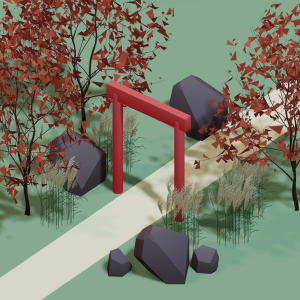 All training, tips and articles
All training, tips and articles
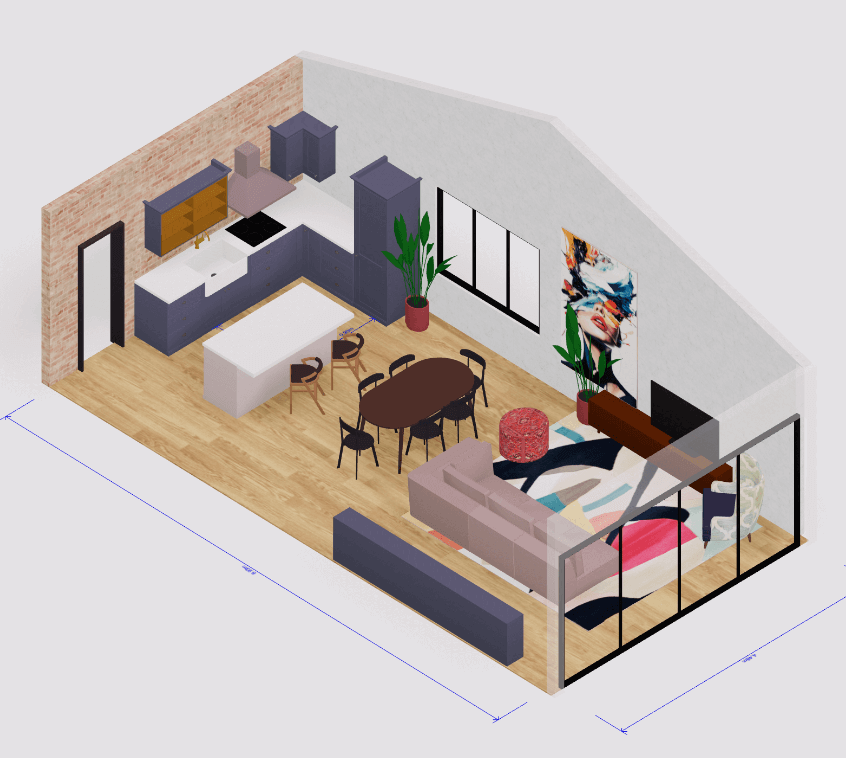 3D house design tool
3D house design tool
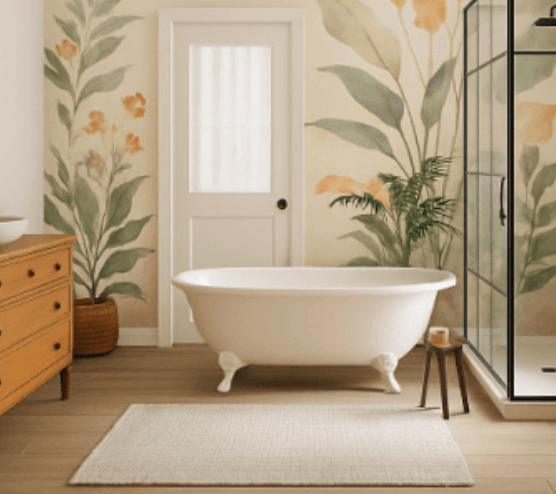
 Color palette generator
Color palette generator
 Floor plan creator
Floor plan creator
 Interior design app
Interior design app
 Kitchen design tool
Kitchen design tool
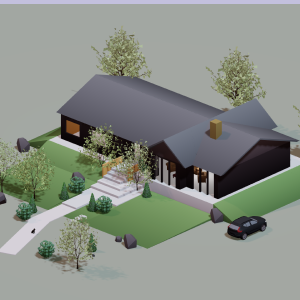 House design software
House design software
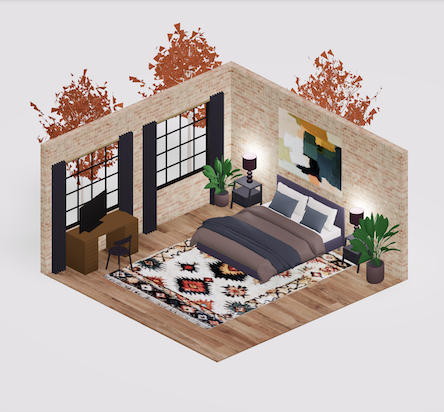 Room designer
Room designer
 Landscape design software
Landscape design software
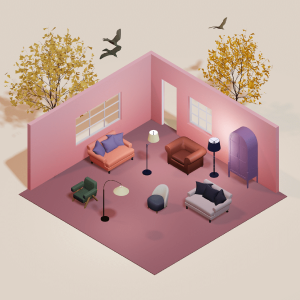 Bedroom design
Bedroom design
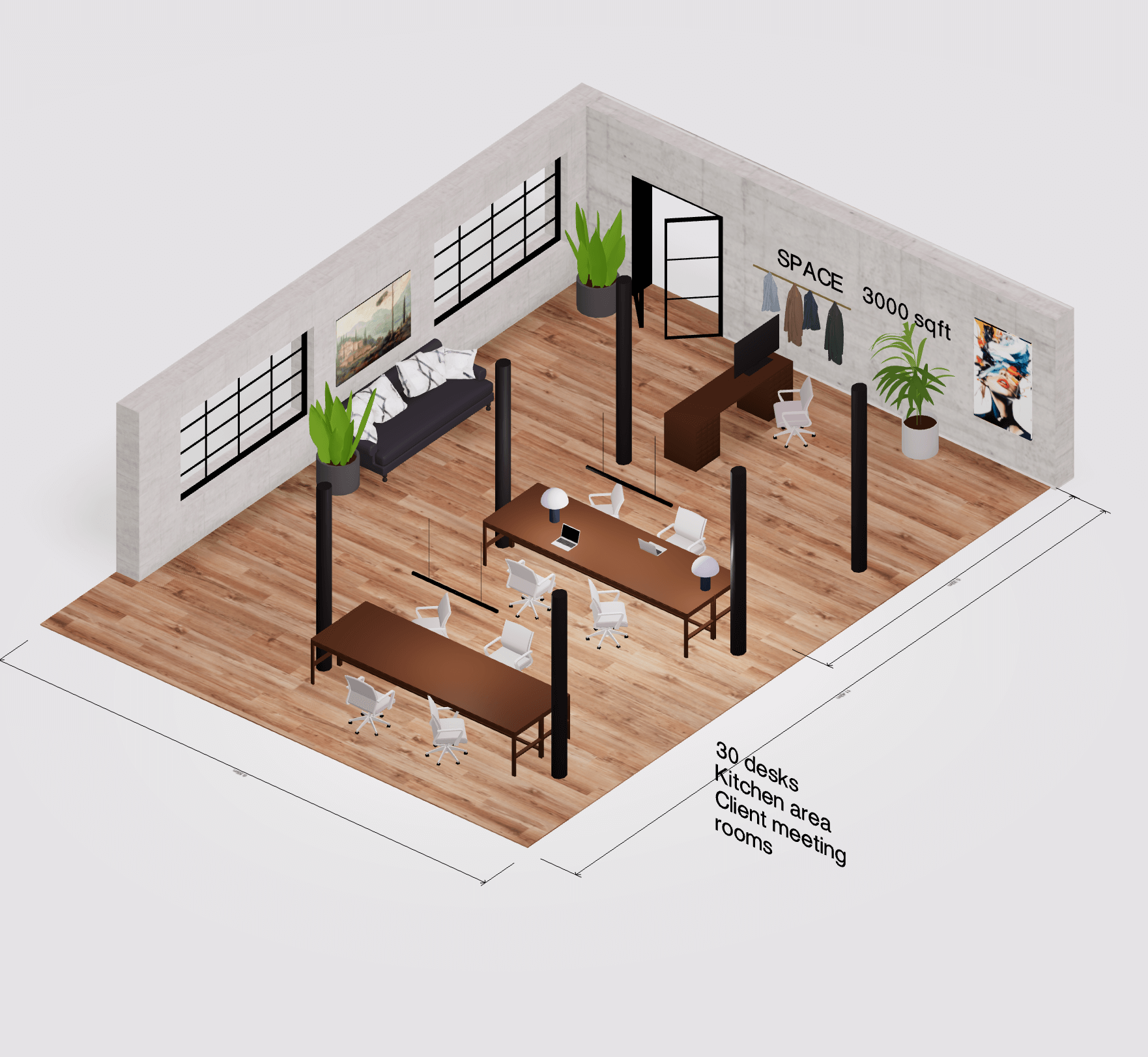 Office floor plan creator
Office floor plan creator




